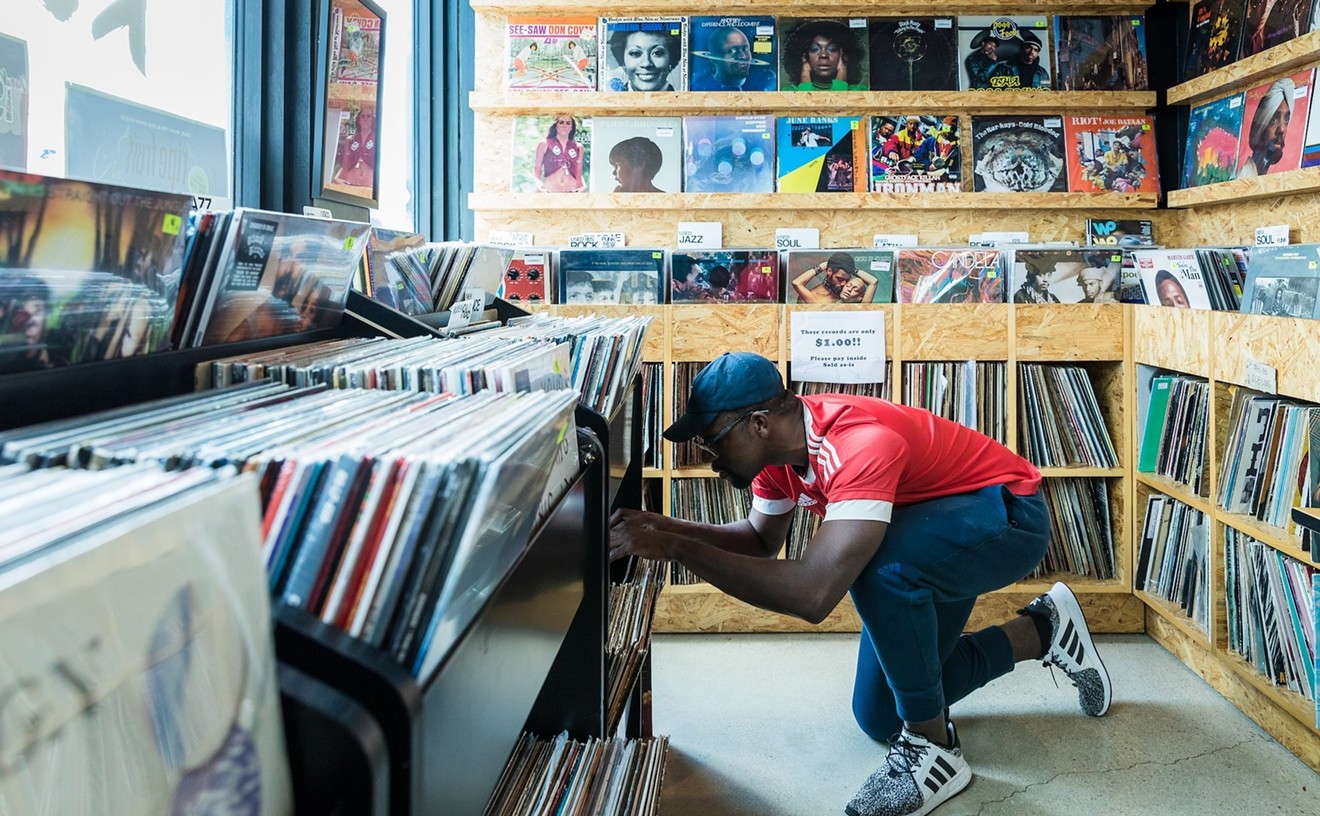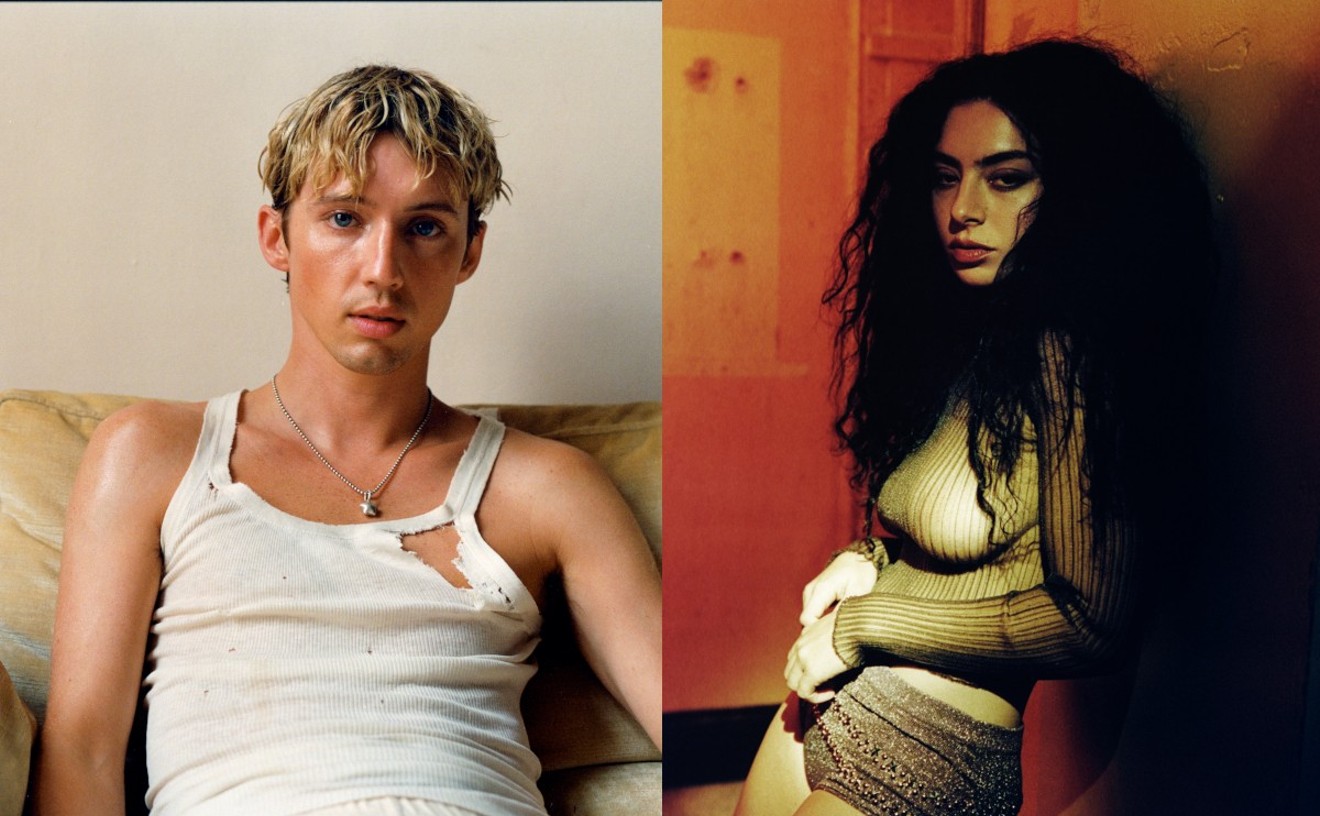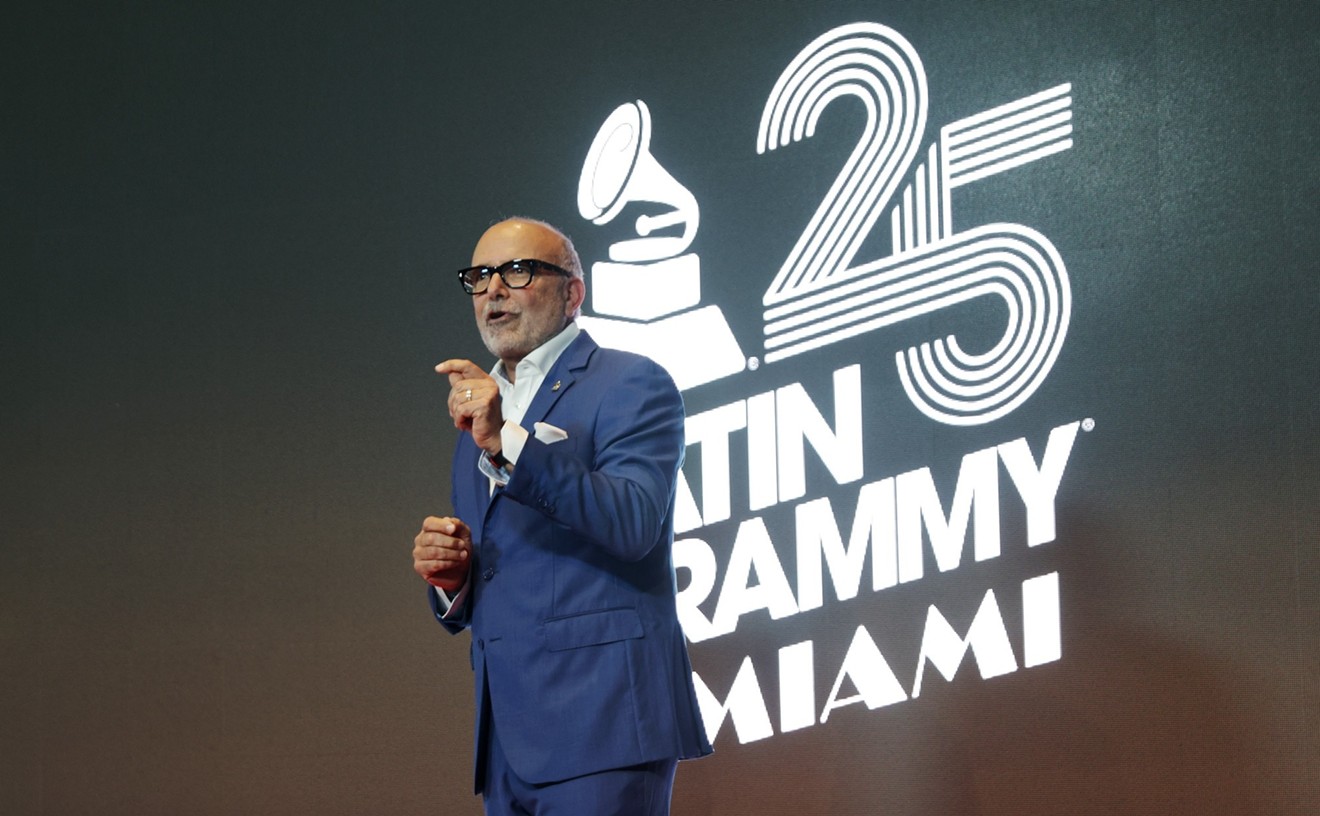Xavier de Rosnay's honesty is refreshing — even if the words he's just uttered won't exactly go down as the most artistically inclined assertion ever made. "We make electronic music," the musician confesses, "because it's accessible and easy."
Rosnay is one-half of international dance-floor phenom Justice, whose suave yet glitchy take on electro and house music ruled the clubs in 2007. The gritty, rock-oriented grooves of singles like "D.A.N.C.E." and "Stress" proved irresistible to dancers and DJs alike. The outfit's influence, however, has spread far beyond the dance floor; its music has been prominently featured in film and on television, too. Chances are great that even if you've never heard of Justice, you've heard Justice. The music press, which often gives the cold shoulder to club music, even embraced the act's primal, pulsating party music. In the Village Voice's annual Pazz and Jop poll, "D.A.N.C.E." was the fifth most popular single among critics, while the group's debut album, designated by the symbol of a cross, clocked in at number 36. These are remarkable achievements for two young men from Paris' tony suburbs who haven't exactly been sweating it out in dive bars and dirty basements.
"We are the 'anybody' who can make a record," declares de Rosnay, speaking of himself and his partner, the considerably less voluble Gaspard Augé. "We started out knowing nothing about music or production."
While it's true that the pair had minimal recording experience when they came together in 2003, they weren't novices at making music. As young men, de Rosnay and Augé both did time in a parade of crappy bands. "They were really bad projects with, like, five guitarists and one drummer," de Rosnay recalls. "We never played concerts or made records."
These inauspicious beginnings, though, gave way to greater things as the pair began collaborating with rudimentary electronic music equipment. Inspired by Daft Punk, Cassius, and French touch music — the disco-infused club genre native to Paris et environs — de Rosnay and Augé began casually experimenting, and, tout de suite, there was Justice for all.
"I was meant to be a graphic designer," notes de Rosnay, who was finishing his university degree at the time. "We just started making music to pass the time." But when one of those experiments, which heavily sampled from British electro-rockers Simian, caught the ear of Pedro Winter, what began as a hobby suddenly became much more for Justice.
Winter, manager of Daft Punk and label head for Ed Banger records, enthusiastically signed the duo. The Simian remix, originally titled "Never Be Alone," was rechristened "We Are Your Friends" and began receiving heavy club play. German DJ and electroclash pioneer DJ Hell picked up the record and gave it even wider exposure through his International DeeJay Gigolo Records. In 2006, a video for the track won Best Video at the MTV Europe Music Awards, sparking an infamous, expletive-spiked outburst from Kanye West, who felt his "Touch the Sky" video was more deserving. Other musicians held a more positive opinion of the burgeoning act.
"A lot of artists started to ask for remixes," says de Rosnay. "We had Fatboy Slim, Soulwax, N.E.R.D. and stuff like that." Remixes for Britney Spears, Franz Ferdinand, Justin Timberlake, and more kept the duo busy while de Rosnay finished school. And once the two friends could focus on making music together, the seeds began to bear fruit.
The album blends elements of psychedelic rock, new-age spaciness, hip-hop, funk, house and, yes, even disco into a dark, dirty dance odyssey. With the influences of fellow Francophones like beat-crazy Daft Punk and cloud-surfing Air apparent, there's no denying that there's something uniquely French about the record. Still, '90s rave, electroclash, and breakbeat unabashedly rear their impudent heads as well.
"We knew what we wanted our project to sound like from the beginning," de Rosnay explains. "The idea is to make modern disco music — what we think disco would be in 2008." In Justice's estimation, modern disco borrows plenty of its sound and attitude from rock. It also includes a fair amount of religious fervor, implied by the glowing cross that dominates both the album cover and the band's stage setup. The symbol has been the cause of much speculation and discussion, especially among notoriously hedonistic dance-music lovers. The iconography, de Rosnay insists, is neither tongue-in-cheek nor strictly religious.
"We think there are two things that can attract 20,000 people and have them all looking in the same direction, hypnotized," he explains. "On one hand, there's stadium music, and on the other hand, all the religious stuff. We thought that blending the two forces would be quite powerful. But we use it respectfully."
Even with all that religious intensity, raw energy, and irresistible rhythm, performing electronic music live is always a challenge. Like their homeboys, Daft Punk, de Rosnay and Augé realize that visual appeal is key to any live performance.
For the duo's American television debut, the solution was particularly creative. Appearing on Jimmy Kimmel Live, de Rosnay and Augé only showed their faces briefly, pretending to fiddle with the tuner on an ancient boom box. The camera then panned to the stage, where Michael Jackson, Rod Stewart, Rick James, Prince, and Stevie Wonder lookalikes lip-synched and hammed it up to "D.A.N.C.E." The brilliant and bizarre piece of theater managed to be completely entertaining while lampooning the inherently disingenuous nature of televised musical performances.
The act's standards are no less rigid in the studio. Whereas many electronic artists write songs as they record them, cutting and pasting sections into new arrangements, adding new layers and playing with new sounds and structures as they go, Justice takes a more organic route — despite its electro-punk aesthetic.
"We write all of our songs with real instruments," de Rosnay says of the duo's process. "All the tracks are written with a piano, guitar, and bass, and then we put them through electronic stuff." Though the two are perfectly capable of playing their instruments, don't hold your breath for an acoustic Justice set. "The main reason we make electronic music is that it's the only way to make a record from beginning to end in my bedroom," he explains. "And that's what we want to do."
The potential of electronics and computers to liberate and democratize the music-making process, putting it in the hands of "anybodies" like Justice, is a large part of what motivates and excites the cheeky outfit. "The equipment we use is the most simple, and is used simply," claims de Rosnay, summing up the Justice approach. "Now, if you're 12 years old and have a pure mind and a computer, you can make a record, and I think it's cool."
Of course, Justice is not some tweenager, fiddling with a groove box in his bedroom. Though they are relative newcomers, de Rosnay and Augé make dark club bangers that hold their own next to dance-floor classics by veteran musicians. But that's beside the point for these two young musicians, who simply see themselves as contributing to the world's inventory of music — and using the simplest, most accessible means to do so.
"In the end," says de Rosnay, "the more good music you have, the better."










